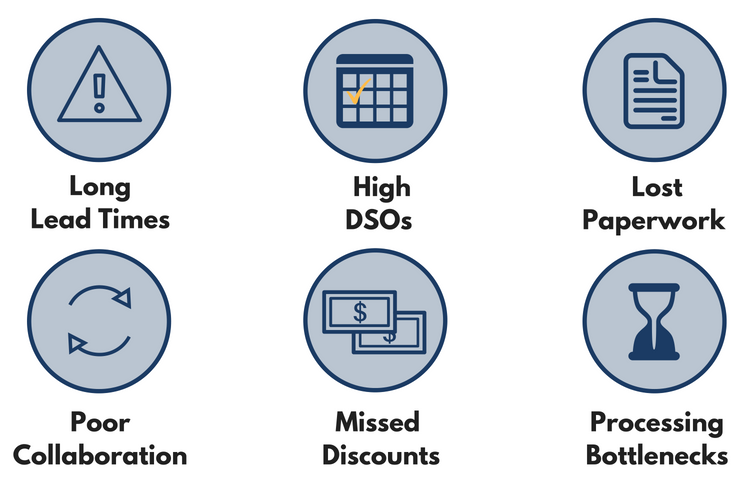Process audits
Optimizing Workflows: Business Process Excellence

Optimizing Workflows: Business Process Excellence
Business process optimization is a strategic approach that organizations employ to enhance efficiency, reduce costs, and improve overall productivity. In this article, we delve into the importance of business process optimization and explore key strategies for achieving excellence in workflows.
Understanding the Significance of Business Process Optimization
Business process optimization is not just a buzzword; it is a crucial component of organizational success. Understanding the significance of optimizing workflows is the first step towards creating a more streamlined and effective business environment. It involves examining current processes, identifying inefficiencies, and implementing changes to drive continuous improvement.
Mapping and Analyzing Existing Processes
To optimize business processes, organizations must first map and analyze their existing workflows. This involves creating a detailed visual representation of each step in a process and analyzing how information, tasks, and decisions flow. Mapping allows businesses to identify bottlenecks, redundancies, and areas where efficiency can be improved.
Identifying Key Performance Indicators (KPIs)
Key Performance Indicators (KPIs) play a vital role in measuring the success of business process optimization efforts. Organizations need to identify relevant KPIs that align with their strategic objectives. Whether it’s reducing turnaround times, improving customer satisfaction, or cutting operational costs, defining and monitoring KPIs provides clear benchmarks for success.
Implementing Automation and Technology Solutions
Automation and technology are powerful tools for optimizing business processes. Embracing automation reduces manual workloads, minimizes errors, and accelerates task completion. Integrating technology solutions, such as workflow management systems and advanced analytics, further enhances the efficiency and effectiveness of business processes.
Encouraging a Culture of Continuous Improvement
Business process optimization is an ongoing journey, not a one-time project. Encouraging a culture of continuous improvement within an organization fosters innovation and adaptability. Employees should feel empowered to suggest changes, share insights, and actively participate in the optimization process. This collaborative approach ensures that optimization efforts stay dynamic and responsive to evolving business needs.
Streamlining Communication and Collaboration
Efficient communication and collaboration are integral to streamlined workflows. Optimizing business processes includes assessing communication channels, ensuring clarity in information exchange, and fostering collaboration among teams. Streamlined communication reduces delays, enhances decision-making, and contributes to overall process optimization.
Investing in Employee Training and Development
Employees are central to the success of business process optimization. Investing in training and development programs ensures that staff members have the necessary skills and knowledge to navigate optimized workflows. Well-trained employees are better equipped to embrace changes, contribute to process improvements, and drive overall operational excellence.
Adopting Lean and Six Sigma Methodologies
Lean and Six Sigma methodologies are proven approaches to business process optimization. Lean principles focus on eliminating waste and increasing efficiency, while Six Sigma emphasizes reducing defects and improving process consistency. Adopting these methodologies provides structured frameworks for organizations to systematically enhance their processes.
Conducting Regular Audits and Reviews
Regular audits and reviews are essential for monitoring the effectiveness of optimized processes. Conducting periodic assessments helps organizations identify any deviations from the optimized workflows, address emerging challenges, and refine processes based on real-world
